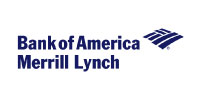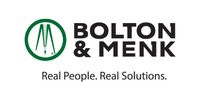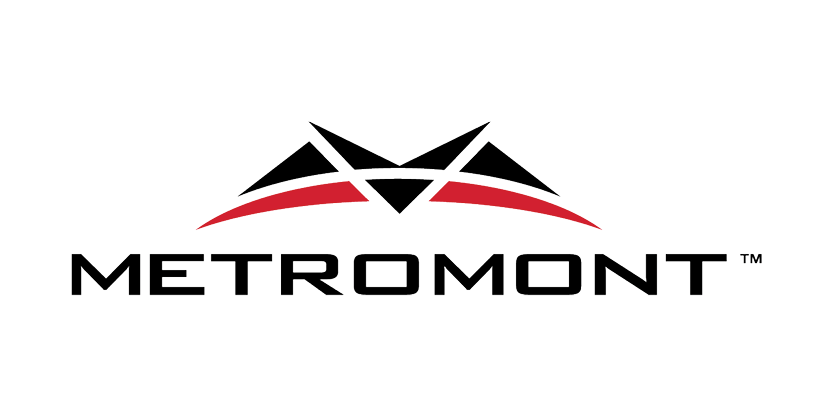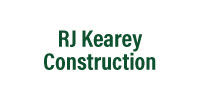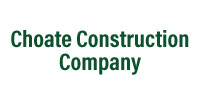Originally published in NAIOP's Development Magazine Spring 2021 Issue by Ann Moore.
Waterfront development in California used multiple strategies to get off the ground.
Megaprojects can transform landscapes, improve quality of life and deliver significant economic benefits to their communities. When they are sited on a waterfront in a binational urban area, they take on even more complexity. In Southern California’s San Diego County, a megaproject will transform a formerly blighted stretch of waterfront into a thriving destination. The project team is pursuing innovative ways to reduce the risk that could be instructive to other development teams.
A megaproject is defined by its scale and complexity. Typically costing $1 billion or more, such projects take many years to develop and build, involve multiple public and private stakeholders and impact millions of people, according to the Oxford Handbook of Megaproject Management. A considerable upside also brings great risk, which must be managed to improve the chances of success.
On approximately 535 acres, the Chula Vista Bayfront is larger than Disneyland and one of the last significant large-scale waterfront development opportunities in Southern California. Once defined by a power plant and an aerospace factory, this brownfield waterfront is ripe for redevelopment in the U.S.-Mexico border region of 6.5 million people. The location is about a 15-minute drive from the busiest land border crossing in the western hemisphere. More than 100,000 people cross the San Diego-Tijuana, Mexico, border every day. Thus, the project site can target a market that includes U.S. citizens, Mexican nationals, and travelers using airports in San Diego and Tijuana.







 Network with NAIOP members and guests at the
Network with NAIOP members and guests at the  CREW Charlotte is excited to host its first in-person luncheon in over a year! Space is limited so do not delay.
CREW Charlotte is excited to host its first in-person luncheon in over a year! Space is limited so do not delay. David Furman is a Charlotte native, architect, and developer, who has specialized in creating the urban experience through unique residential and mixed-use developments over a 40-year career. His Centro CityWorks, company has designed and/or developed over 40 projects in downtown Charlotte and SouthEnd, including Charlotte’s first downtown high-rise condo, Courtside, as well as the 28 story TradeMark building where he lives and works. He is currently on the board of Charlotte Center City Partners as well as an active participant in many initiatives to advance Charlotte’s urban presence as a premier place to live, work, and play.
David Furman is a Charlotte native, architect, and developer, who has specialized in creating the urban experience through unique residential and mixed-use developments over a 40-year career. His Centro CityWorks, company has designed and/or developed over 40 projects in downtown Charlotte and SouthEnd, including Charlotte’s first downtown high-rise condo, Courtside, as well as the 28 story TradeMark building where he lives and works. He is currently on the board of Charlotte Center City Partners as well as an active participant in many initiatives to advance Charlotte’s urban presence as a premier place to live, work, and play. 